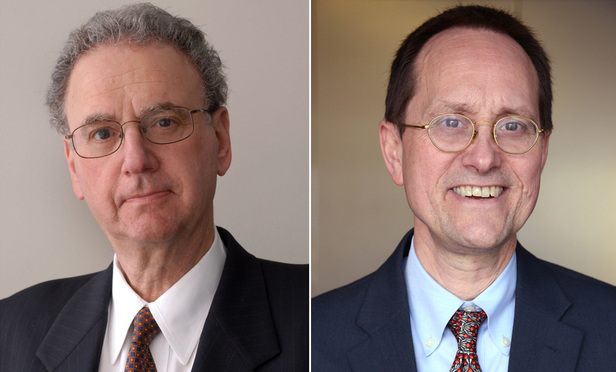On June 2, in VMG Salsoul v. Madonna Louise Ciccone,1 the U.S. Court of Appeals for the Ninth Circuit held that a 0.23 second sample from a sound recording of three horns simultaneously playing the notes of a chord, did not meet the de minimis standard for copyright infringement. Sampling uses digital technology to take the actual sounds in a recording and incorporate them into a subsequent sound recording either with or without modifications.
In a 2005 decision, Bridgeport Music v. Dimension Films,2 the U.S. Court of Appeals for the Sixth Circuit held that the sampling of any sound from a sound recording, no matter how brief, trivial or minimal, infringed the copyright in the sound recording. In the ensuing decade, although commentators and a number of district courts outside the Sixth Circuit criticized Bridgeport, its holding had not been considered by any other circuit. In Salsoul, the Ninth Circuit rejected Bridgeport’s reasoning, thereby creating what it characterized as a regrettable but necessary circuit split, leaving record producers and artists in limbo between strict liability for any sampling if a claim is brought in Nashville but subject to a “substantial taking” standard for a sampling claim made in L.A.
Sound Recording Copyright
This content has been archived. It is available through our partners, LexisNexis® and Bloomberg Law.
To view this content, please continue to their sites.
Not a Lexis Subscriber?
Subscribe Now
Not a Bloomberg Law Subscriber?
Subscribe Now
LexisNexis® and Bloomberg Law are third party online distributors of the broad collection of current and archived versions of ALM's legal news publications. LexisNexis® and Bloomberg Law customers are able to access and use ALM's content, including content from the National Law Journal, The American Lawyer, Legaltech News, The New York Law Journal, and Corporate Counsel, as well as other sources of legal information.
For questions call 1-877-256-2472 or contact us at [email protected]



